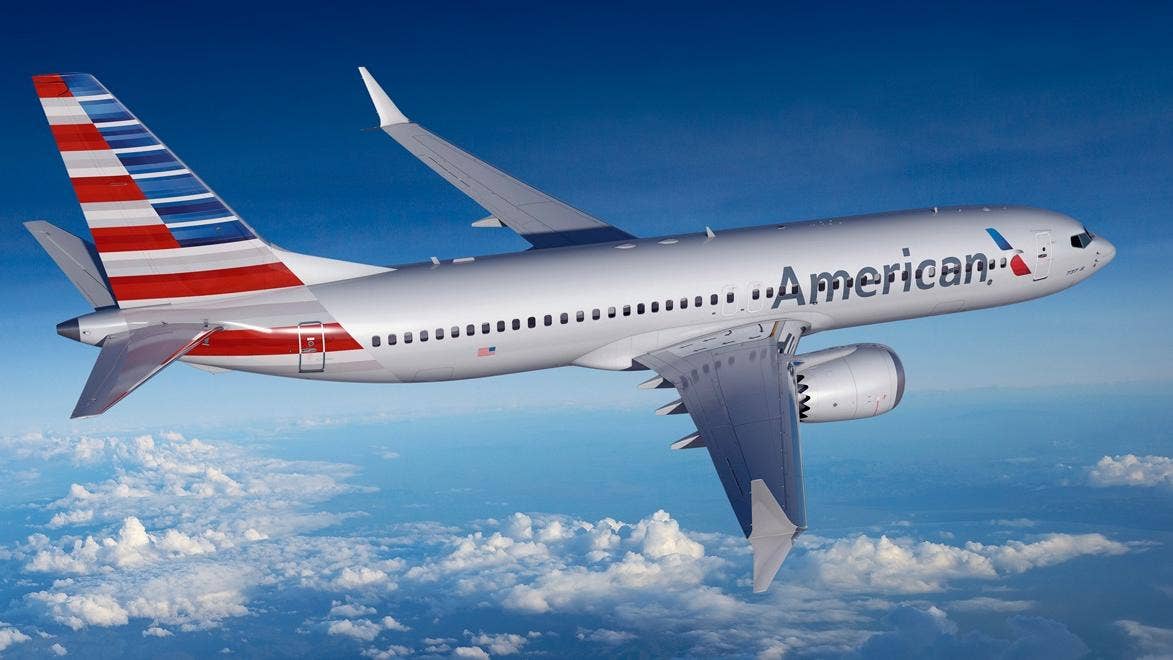FAA Clears 737 MAX For Flight
Boeing’s troubled 737 MAX has been cleared to fly after a tortured 20-month recertification process that saw more than 400 aircraft parked. The approval announcement was expected from the FAA…

Boeing’s troubled 737 MAX has been cleared to fly after a tortured 20-month recertification process that saw more than 400 aircraft parked. The approval announcement was expected from the FAA Wednesday morning, according to Bloomberg News. However, the aircraft won’t be returned to service immediately and airlines that own them will relaunch them into a pandemic-battered travel market suffering the lowest airline revenues in decades.
The FAA will require modifications to the MAX’s controversial MCAS flight control enhancement system and correction of numerous other flaws found during the recertification effort. It will also require type-specific training related to the two accidents that prompted the grounding and recert. The first was a Lion Air crash off Jakarta in October 2018 that killed all 189 aboard. A second crash of an Ethiopian Airlines MAX near Addis Ababa in March 2019 killed all 157 people aboard. In both crashes, faulty sensors in the MAX’s Maneuvering Characteristics Augmentation System (MCAS) were implicated for having caused full nose-down trim that the crews were unable to counter. MCAS was designed to enhance control feel at high angles of attack and rearward CG.
Fixes for MCAS include redundant angle-of-attack sensors, dual computers and a limitation that MCAS can only activate once, rather than continuously as it did on the accident aircraft. Additionally, the system will activate only if the dual sensors agree that it’s needed. MCAS was intended to mimic the same control feel found in previous 737 models by automatically rolling in nose-down trim at high angles of attack and rearward CGs. After the crashes, pilots complained that they weren’t given any details about how the system worked or even that it existed. The recertification calls for simulator training focusing on the MAX crash scenarios.
With more than 400 airline-owned MAXes parked and another 450 built by Boeing but not delivered, market uptake of the revised model is likely to be anemic. Thus far, only American Airlines has put the MAX back on its schedule, on a single Miami to New York route on Dec. 29, Bloomberg reports. Southwest and United expect to put the airplanes back in service sometime in 2021.
They’ll return to dismal market conditions. “It’s Boeing’s most important program and the United States’ most important manufactured product, but you couldn’t ask for a worse market right now,” Richard Aboulafia, aerospace analyst with Teal Group, told Bloomberg in an interview. “It’s not a question of opening the floodgates and watching the cash pour in the way it would’ve been a year ago,” he added.
Other regulators throughout the world haven’t acted yet. The European Aviation Safety Agency says it’s satisfied with the MAX modifications but official approval is still pending. EASA and Canada have asked Boeing for additional changes. China, which represents a significant growth market for Boeing, has not yet announced MAX approval.
Boeing’s stock, which sagged to five-year lows last spring, recovered slightly, rising 5.8 percent to a $222.40 opening-bell expectation, off from a five-year high of $440.62 set just before the Ethiopian crash last year.






